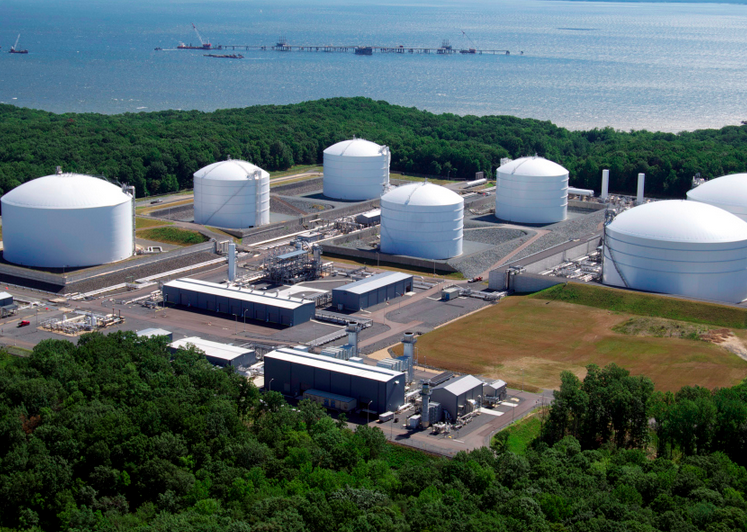US consumer prices increased in March for a second straight month, as rising gasoline prices offset a decline in food prices. However, annual inflation turned negative, giving the Federal Reserve plenty of scope in keeping interest rates near zero for a while longer.
The consumer price index (CPI) measuring US goods and services rose 0.2% in March, following an identical increase the previous month, the Department of Commerce reported on Friday. The figure was in-line with the consensus. However, annual CPI declined unexpectedly, falling 0.1% from zero in February.
Core CPI, which excludes food and energy, also rose 0.2%. Compared to March 2014, core CPI was 1.8%, official data showed.
Food prices declined 0.2% last month, but were offset by rising shelter and gasoline prices. Shelter costs increased 0.3% in March, official data showed. The price of gasoline increased 3.9%, the biggest increase since February 2013. Gas prices had increased 2.4% the month before.
Global crude prices have rallied in recent months amid gradually improving demand. Saudi Arabia, one of the world’s biggest oil producers, has raised prices to Asia to account for increasing demand. Long-term, however, prices are expected to remain subdued as the global supply glut intensifies.
The US shale boom is in full swing, with oil inventories shattering record highs for three consecutive months. Earlier last week the Energy Information Administration (EIA) said US oil stocks rose by nearly 1.3 million in the week ending April 10.
Crude prices eased off their recent highs on Friday, but remained elevated and were trading at 2015 highs. Brent crude for June delivery was trading at $63.93 a barrel. West Texas Intermediate (WTI), the US benchmark, was down 45 cents to $56.26 a barrel.
Tepid inflation gives the Federal Reserve more time to deliberate about monetary policy. The Fed is widely expected to begin normalizing monetary policy this year, but will likely do so in slow and gradual steps. The Fed targets inflation at 2% and needs to see a steady increase in consumer prices before it begins normalizing monetary policy.
Tradersdna is a leading digital and social media platform for traders and investors. Tradersdna offers premiere resources for trading and investing education, digital resources for personal finance, market analysis and free trading guides. More about TradersDNA Features: What Does It Take to Become an Aggressive Trader? | Everything You Need to Know About White Label Trading Software | Advantages of Automated Forex Trading









